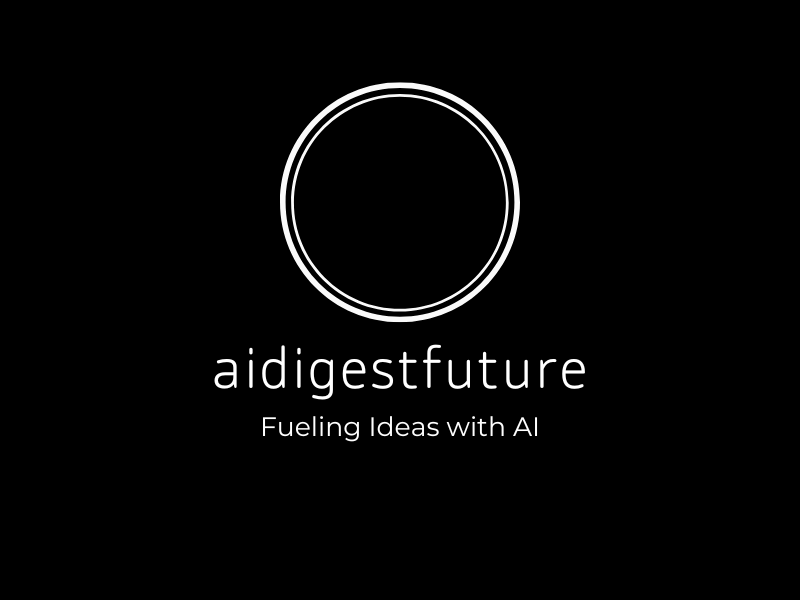
Introduction
In the last few decades, technological advancement has vastly transformed the healthcare industry. One of the most significant breakthroughs is the integration of Artificial Intelligence (AI) in modern surgical procedures. AI is shaping a promising future for surgery, making it safer, more efficient, and less invasive. As hospitals and surgical centers continue to adopt cutting-edge technologies, AI is now being used to assist in surgical planning, reduce human error, enhance precision, and even provide real-time decision-making support.
This article explores how AI is propelling surgical care into a new era and what that could mean for both healthcare professionals and the patients they serve.
The Role of AI in Modern Surgery
AI’s potential in the operating room extends far beyond robots assisting during surgeries. It involves an entire ecosystem of **data analytics**, **machine learning algorithms**, and **automation** that work together to deliver more accurate and effective outcomes.
1. Minimally Invasive Surgeries with AI-Powered Robotics
Over the recent years, one of the most noticeable applications of AI in modern surgery is AI-powered robotics, using technologies like **robotic-assisted surgeries**. Robotics allows surgeons to perform minimally invasive procedures that wouldn’t have been possible traditionally.
Machine learning algorithms further complement robotic surgery systems by collecting data from previous surgeries to refine their techniques, making each subsequent operation even more precise.
2. Preoperative Planning via AI
AI has a profound impact on **preoperative planning**, enabling surgeons to map out complex surgical procedures before entering the operating room. By leveraging **advanced 3D imaging** and **predictive analytics**, AI helps in the creation of highly specific surgical roadmaps.
3. AI in Intraoperative Assistance
Once inside the operating room, AI doesn’t sit idle. AI-driven intraoperative assistance has revolutionized the way surgeons make decisions during surgery.
4. Postoperative Care & Monitoring
The role of AI extends well beyond the operating theater. AI is dramatically improving postoperative care and patient recovery by analyzing data even after surgery.
Key Advantages of AI in Modern Surgery
The use of AI in surgical procedures offers numerous advantages compared to traditional methods. These advantages ensure not only the safety of patients but also aid surgeons through optimized processes.
1. **Reduced Human Error**
Surgical precision is crucial. Even a minor error could lead to life-threatening complications. With AI stepping in, it’s possible to minimize these risks substantially. Robots can perform tasks with **steadiness and precision**, while AI algorithms continue to evolve by learning from large sets of data.
2. **Improved Surgical Outcomes**
By analyzing patterns from thousands of previous surgeries, AI helps streamline various surgical processes. With its recommendations, surgeons can better predict the surgery’s outcome, identify probable complications, and act preemptively, leading to fewer post-surgical complications and faster recovery.
3. **Cost-Effectiveness in the Long Run**
Although the initial cost of implementing AI technology may be high, it leads to cost savings over time by reducing the number of surgical complications, enhancing recovery, minimizing hospital stays, and optimizing resource usage. By delivering better healthcare outcomes, AI helps in **reducing readmissions** and the need for secondary surgeries, thus saving costs in the long run.
Challenges Facing AI in Surgery
Of course, as revolutionary as AI is, it has its challenges too. The integration of AI into surgical procedures is still in a nascent stage, and obstacles remain:
1. **Integration within Existing Systems**
Incorporating AI into current medical systems can be challenging, especially in terms of adapting hospital infrastructure, retraining healthcare staff, and ensuring compatibility with existing technologies.
2. **Cost of Implementation**
Although AI is cost-effective in the long run due to improved patient outcomes, the **initial cost** of establishing AI systems is high. Hospitals and healthcare systems, already strained under various costs, may find it hard to adopt these technologies quickly.
3. **Ethical and Legal Concerns**
As AI takes on a growing role in decision-making during surgeries, ethical questions arise. Who is responsible if something goes wrong? Is the surgeon still solely accountable, or does liability shift to the AI developer? These questions still need to be clarified before AI can be fully embraced.
Conclusion
The integration of AI into modern surgical procedures is nothing short of revolutionary. From **robotic-assisted surgeries** that allow for millimeter precision to **real-time analytics** that offer intraoperative insights, AI is transforming what’s possible in operating theaters worldwide. Patients are seeing the benefits of faster recoveries and fewer complications, and surgeons are gaining tools that enhance their precision and efficiency. While some challenges remain, the future of AI in surgery looks incredibly promising. The next generation of surgical procedures could be swift, safe, and highly personalized—all thanks to the ongoing AI revolution.
